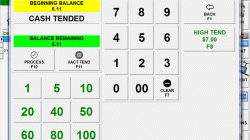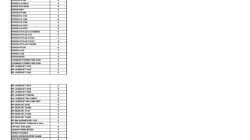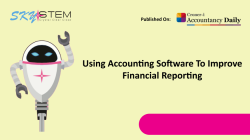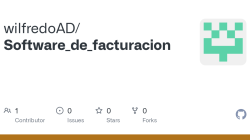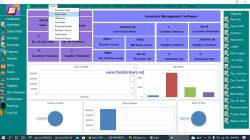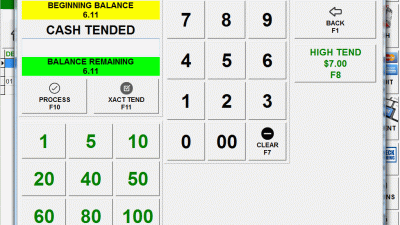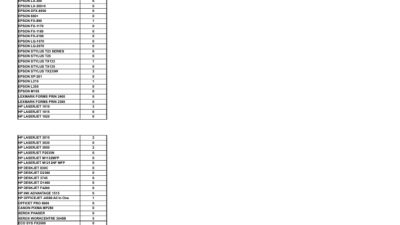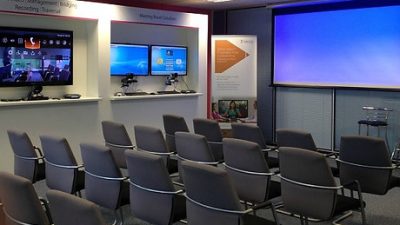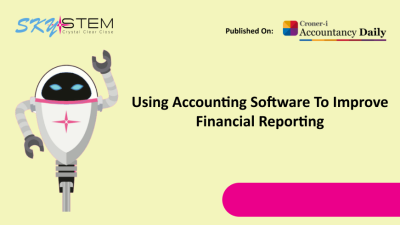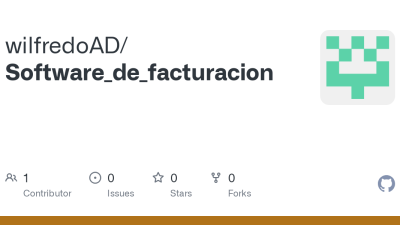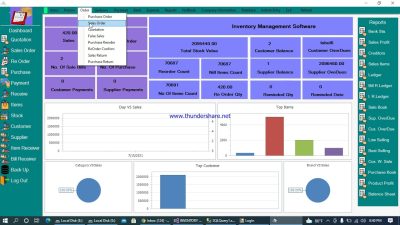
The world of audio software is vast and ever-evolving , offering a plethora of tools for musicians , podcasters , sound designers , and audio enthusiasts alike. Whether you’re a seasoned professional or just starting out , navigating the landscape of audio software can be daunting. This thorough guide will explore various types of audio software , their key attributes , and tips for choosing the right one for your needs. Please offer the title of the audio software. I need the title to generate pertinent search terms. Once you offer the title , I can tailor the text to be even more specific and helpful.
Understanding the Basics of Audio Software. What is Audio Software ? Audio software , at its core , is any computer program designed to manipulate audio signals. This can include recording , editing , mixing , mastering , and even creating sounds from scratch. From simple voice recorders to complex digital audio workstations (DAWs) , the scope of audio software is incredibly diverse. Key attributes to Look For. When choosing audio software , consider these essential attributes : Recording Capabilities : Does it support multiple input sources ? Editing Tools : Can you cut , copy , paste , and manipulate audio clips easily ? Mixing Console : Does it offer a virtual mixing board with EQ , compression , and effects ? Virtual Instruments : Does it include a library of software instruments for creating music ? Compatibility : Is it compatible with your operating system and hardware ?
Top Audio Software for Music Production. Digital Audio Workstations (DAWs). DAWs are the heavyweights of audio software , offering thorough tools for music production. Some popular DAWs include : Ableton Live : Known for its intuitive interface and powerful live performance capabilities. Logic Pro X : A favorite among Mac users , offering a vast array of instruments and effects. FL Studio : Popular for its user-friendly interface and strong focus on electronic music production. Pro Tools : The industry standard for professional audio recording and mixing. Reason : A unique DAW with a focus on virtual instruments and creative sound design. Audio Editors. Audio editors are designed for detailed editing and mastering of audio files. Key players in this category include : Adobe Audition : A professional-grade audio editor with advanced attributes for noise reduction and audio restoration. Audacity : A complimentary and open-source audio editor , perfect for basic editing tasks. iZotope RX : Specializes in audio repair and noise reduction , essential for cleaning up recordings.
Audio Software for Podcasting and Voice Recording. Recording and Editing Software. For podcasters , clear audio is paramount. Consider these options : Audacity : Again , a great complimentary option for recording and editing podcasts. Adobe Audition : Offers advanced attributes for cleaning up vocal recordings. GarageBand : A user-friendly option for Mac users , with built-in podcasting templates. Online Platforms. Some platforms offer integrated recording and editing tools : Anchor : A popular platform for creating and distributing podcasts. Descript : Combines audio and video editing with transcription , making it easy to edit your podcast by editing the text.
Audio Software for Sound Design and Film. Sound Effects Libraries. Sound design is crucial for creating immersive experiences in film , games , and other media. Consider these resources : Splice Sounds : A paid access-based library with a vast collection of sound effects and samples. Adobe Audition : Offers tools for creating and manipulating sound effects. complimentarysound : A collaborative database of Creative Commons licensed sounds. Foley Recording Software. Foley artists create sound effects in sync with on-screen action. Software options include : Reaper : A flexible DAW that can be customized for Foley recording. Pro Tools : The industry standard for professional Foley work.
Related Post : sofwer de contabilidad
Tips for Choosing the Right Audio Software. Define Your Needs. What do you want to accomplish with your audio software ? Are you recording music , editing podcasts , or designing sound effects ? Understanding your objectives will help you narrow down your options. Consider Your Budget. Audio software scopes from complimentary to very expensive. Set a budget and look for software that fits your price scope. Read Reviews and Watch Tutorials. Before making a purchase , read reviews and watch tutorials to see how the software works and whether it meets your needs. Take benefit of complimentary Trials. Many audio software companies offer complimentary trials. Take benefit of these trials to test out varied programs and see which one you like optimal. Check Compatibility. Make sure the software is compatible with your operating system and hardware. Don’t be afraid to experiment. The optimal way to find the right audio software is to experiment with varied programs and see what works optimal for you.
In conclusion , the world of audio software is vast and varied , offering tools for every need and skill level. Whether you’re a seasoned professional or just starting out , exploring the options and finding the right software can unlock your creative potential and elevate your audio projects to new heights. So , dive in , experiment , and discover the perfect audio software to bring your sonic visions to life !

